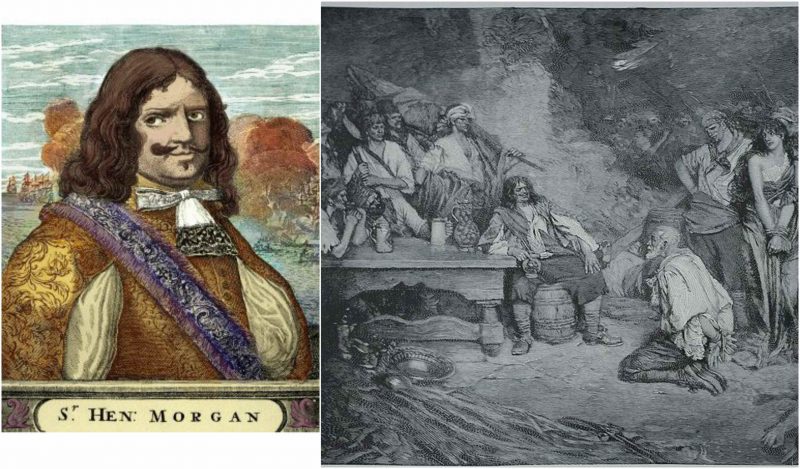Sir Henry Morgan, or today famous as Captain Morgan, the face of the brand of spiced rum with the same name was a Welsh privateer, landowner and, later, Lieutenant Governor of Jamaica.
He was born in 1635 in Llanrhymny, then a village in South Wales, where he spent his childhood. How he arrived in the West Indies have never been revealed. There are a few legends about it but none is certain.
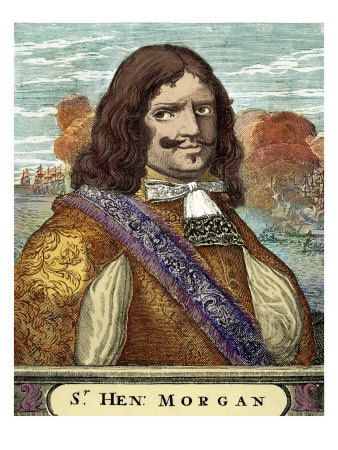
According to one story, written by Alexandre Exquemelin, Morgan’s surgeon in Panama, he was probably kidnapped and shipped to work as a servant in Barbados. But when Morgan read Exquemelin’s writings, he sued his surgeon who was forced to modify the story. Exquemelin’s book initiated Morgan’s notorious reputation as a rigorous pirate against the Spanish. Or, he might have willingly joined the army of Robert Venables in 1654, sent by Oliver Cromwell which was part of the Caribbean expedition against the Spanish in the West Indies.
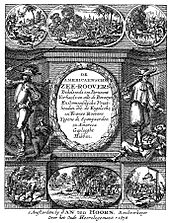
In 1655, Morgan arrived in Barbados where he built a career first as a soldier and later as respected sailor. He befriended Christopher Myngs, a famous captain who took Morgan to join his expeditions.
During this period, Morgan learned all there was about sailing and gained all the necessary naval experience. In 1662, he became a captain of a small vessel.
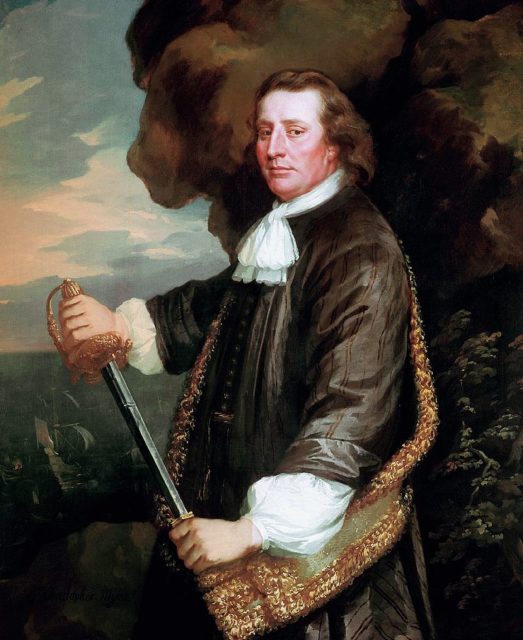
In a meantime, he became close friends to Sir Thomas Modyford, the Governor of Jamaica who in 1667 gave Morgan a letter of marque, a license for attacking Spanish vessels and seizing their cargo, when the diplomatic relations between Kingdom of England and Spain deteriorated. Morgan’s fame grew rapidly after he attacked and took over the towns of Puerto Principe and Porto Bello in 1668, beating 3000 Spanish soldiers and returning with between £70,000 and £100,000 of money and variety of valuables.
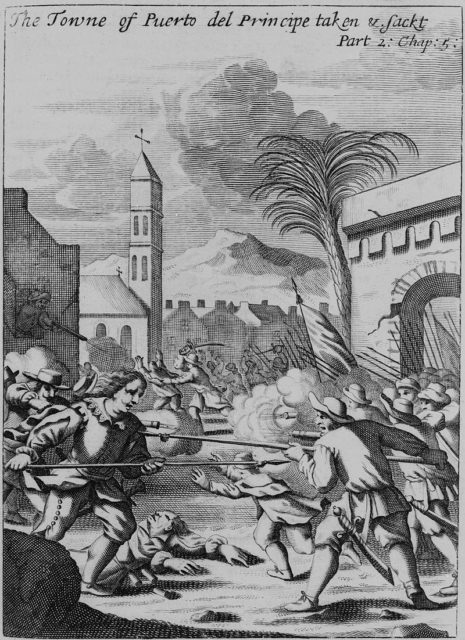
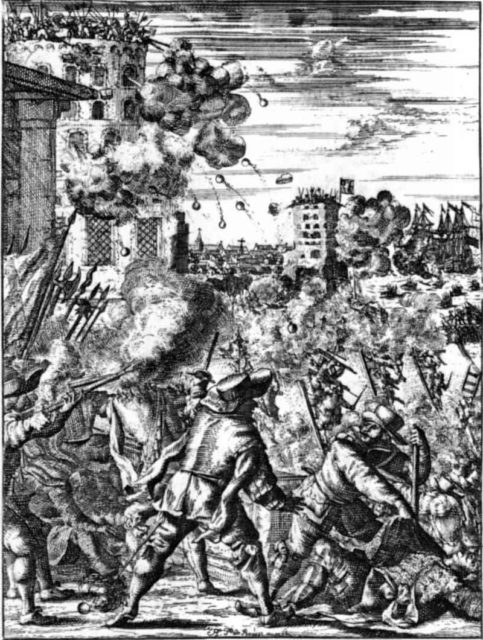
In 1671, Morgan led an attack on Old Panama City, the capital city of Spanish America. During the attack, the Spanish lost between 400 and 500 men while Morgan lost only 15 of his men. But unfortunately for Morgan, his reputation arrived in Old Panama City before him so the Spanish took away all their silver and gold. Another misfortune for Morgan was that at the time of the attack a treaty had been signed between England and Spain.
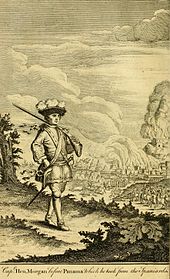
It meant that Morgan’s attack took place in a time of peace between the two countries. Hence, to satisfy the Spanish, the Governor of Jamaica received an order to arrest Morgan.
Although the Governor had no intention of arresting the most famous resident on his island, Morgan was summoned to London in 1672.
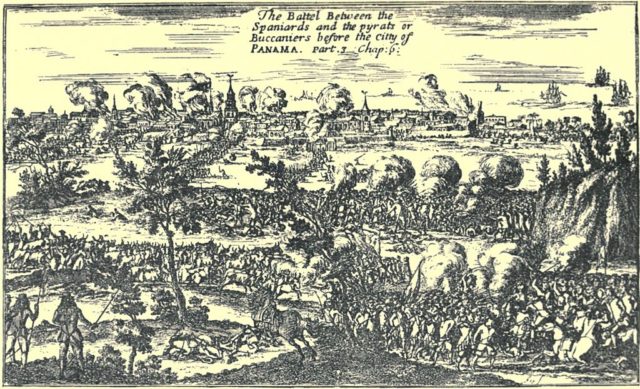
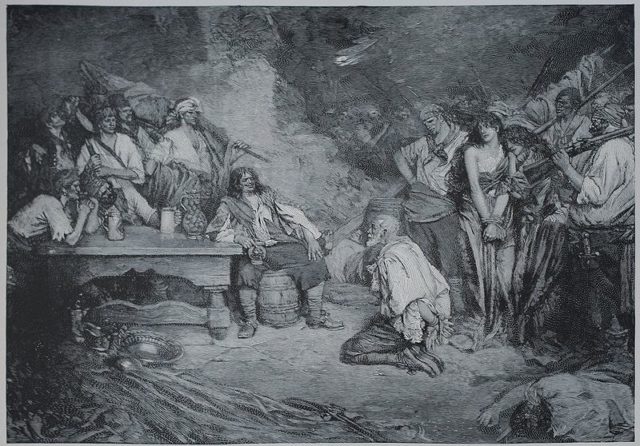
The Spanish lost between 400 and 500 men, against 15 privateers killed. To appease the Spanish, with whom the English had signed a peace treaty, Modyford was arrested and transported to the Tower of London. In 1672 Morgan was also summoned to London, where he was treated as a hero by the general populace and the leading figures of government, including Charles II.
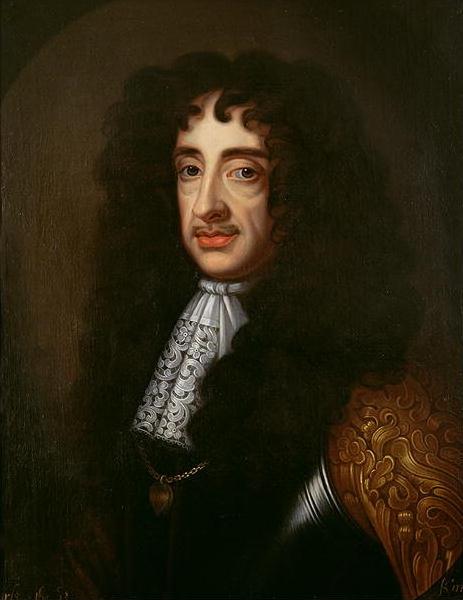
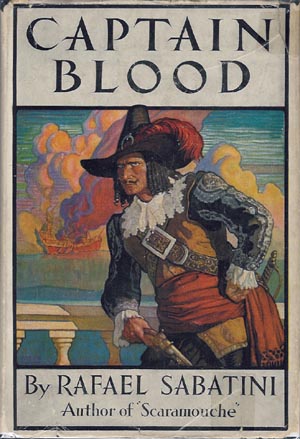
Instead of being convicted, “pirate” Morgan was knighted by the King Charles II and returned to Jamaica in 1674 as Lieutenant Governor. Morgan never returned to England again. Instead, he enjoyed his sugar plantations and drinking rum with his old privateer comrades.
He died in 1688, at the age of 53 but the reason of his death is uncertain. According to some records, it might have been tuberculosis and according to other, acute alcoholism. However, Captain Morgan died wealthy, happy, and famous.
